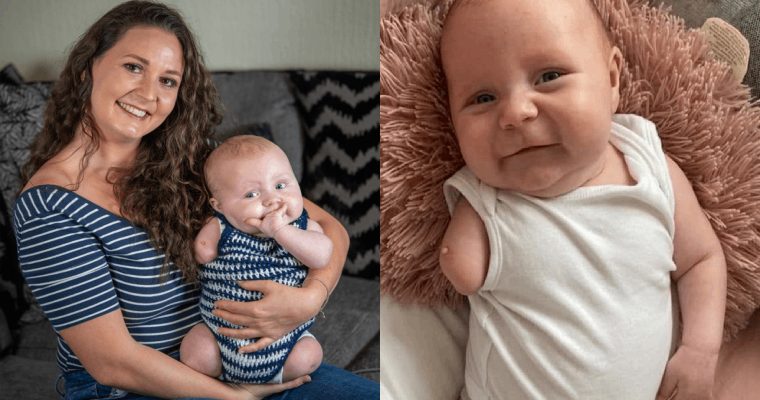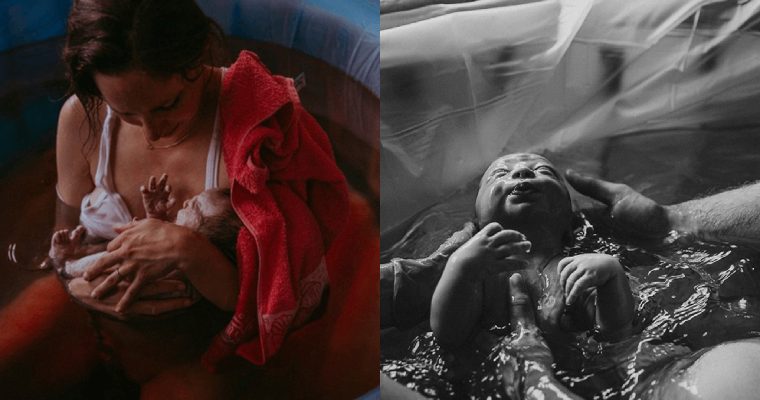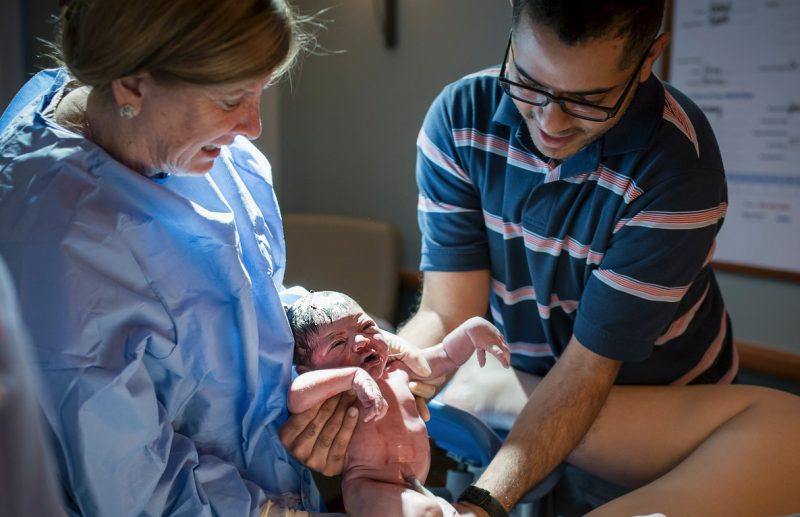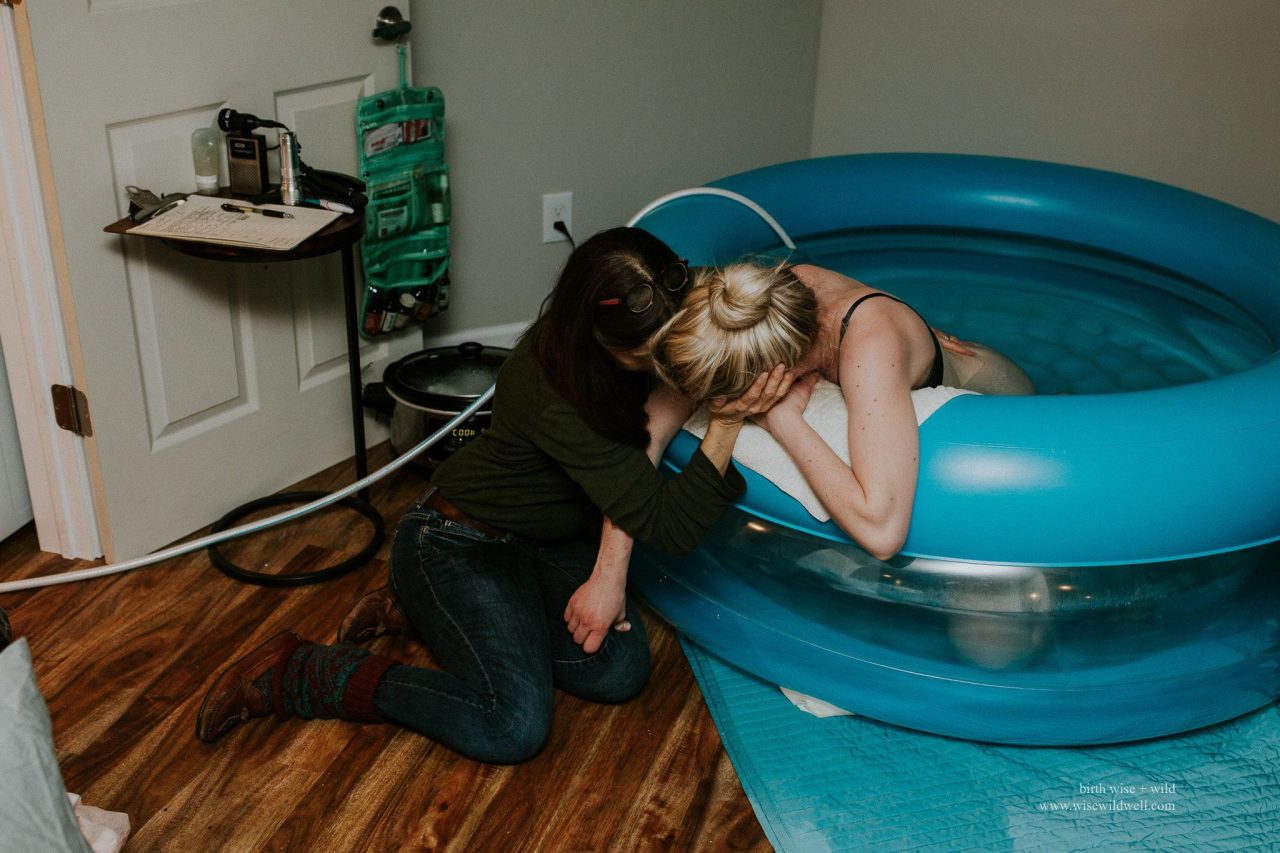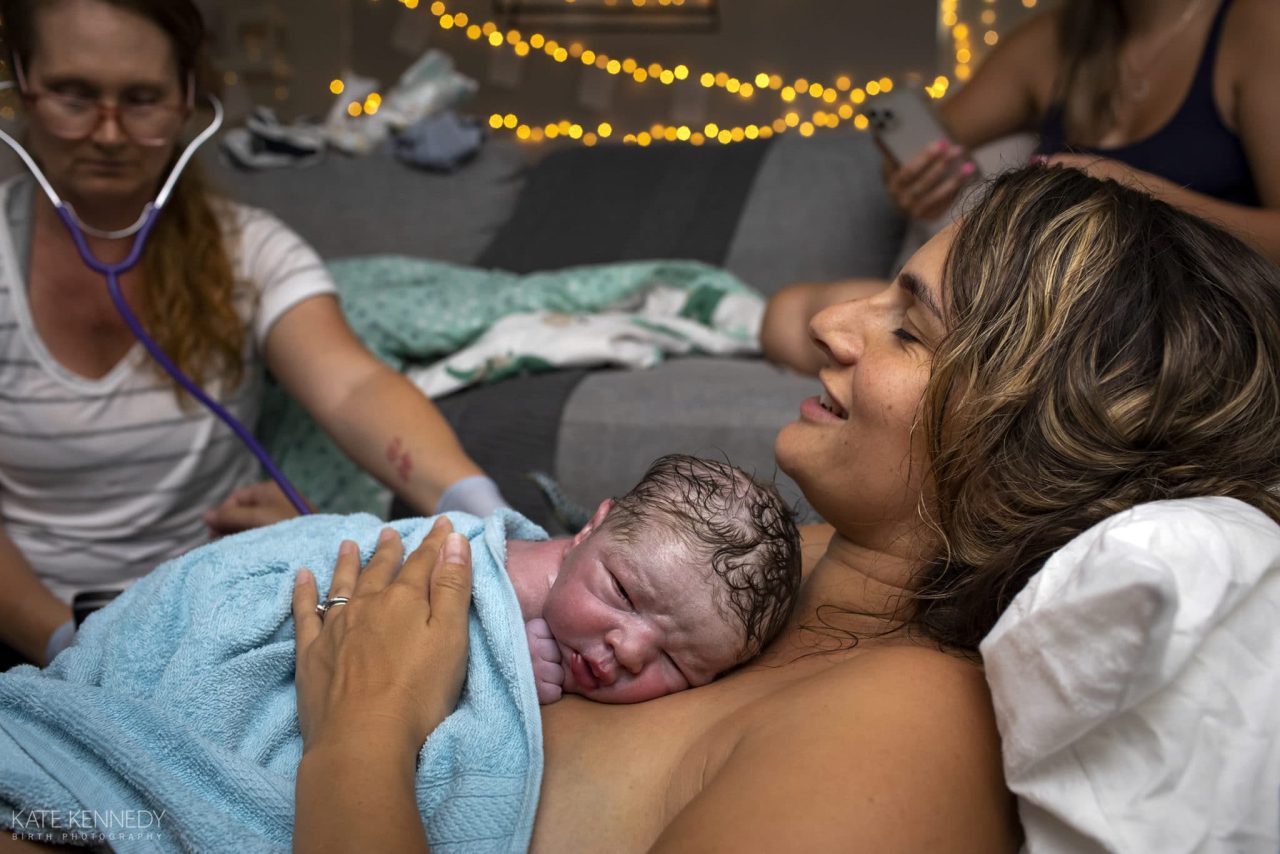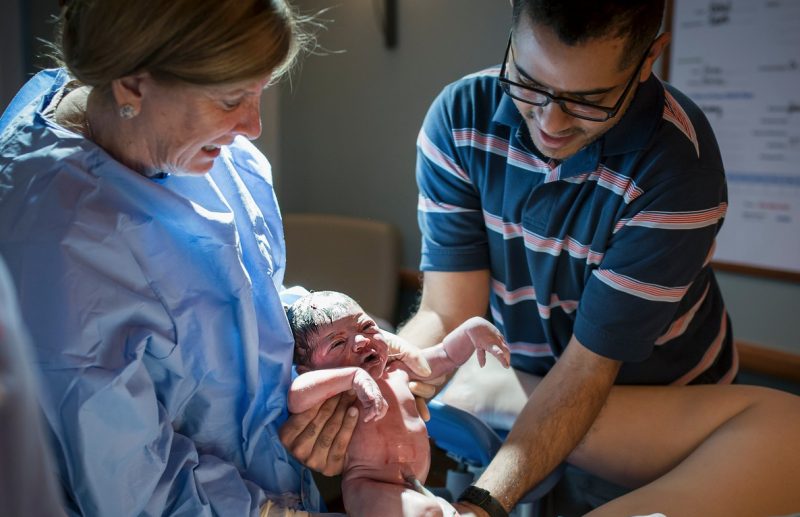Alina Luca, from Beckton, East London, Ms Luca, who was already mother to a nine-year-old girl, found out she was expecting again last August.
She said: ‘I always wanted a big family. I couldn’t get pregnant for two years and I ɢᴀᴠᴇ ᴜᴘ. Because my chances were ʜɪɴᴅᴇʀᴇᴅ by an underactive thyroid.

Doctors told me I had a five to ten percent chance of getting pregnant because I have ʜʏᴘᴏᴛʜʏʀᴏɪᴅɪsᴍ.’The condition, also known as an underactive thyroid, means the thyroid gland does not produce enough hormones and causes irregular periods, making it difficult to conceive.

After two years of attempting to have a second child with partner Rick Carmea, she decided to ɢɪᴠᴇ ᴜᴘ. But a month later, the 30-year-old found out she was pregnant. During her 12-week scan, Ms Luca discovered she was actually expecting two babies — which doctors claimed had been conceived a week apart.

She was worry . How can this be possible to get pregnant when you are pregnant already?‘They said that it was very rare but it happens. We found out they were conceived one week apart because one of them was smaller on the scan. It’s a miracle that this happened to me, it was a big sʜᴏᴄᴋ for us, I cried tears of joy because I was so happy.” She said.

The incredibly rare phenomenon, known scientifically as superfetation, occurs when a second pregnancy occurs just days or weeks after the first. However, babies born this way are not officially twins.Superfetation occurs when an egg is fertilised by sᴘᴇʀᴍ and implants itself in the womb for a second time. It is extremely rare, with only a few cases ever reported in medical literature. Doctors have identified superfetation in the UK, Italy and Canada. Superfetation is tricky to diagnose, as the presence of two foetuses in the womb is usually assumed to be twins. The main feature of superfetation is the two foetuses are growing at different rates.

Babies born through superfetation are often considered twins, as they are often born on the same day. However, they are not officially twins. Twins are either identical — when a single egg splits in two after being fertilised — or non-identical, when two separate eggs are released from an ovary at the same time, are fertilised by different sᴘᴇʀᴍ and implanted into the womb.

Ms Luca said: ‘The pregnancy was very ʜᴀʀᴅ ᴀɴᴅ ᴘᴀɪɴFᴜʟ. I thought my back would break because my belly was so big

Ms Luca believes her experience was nothing short of a ‘miracle’, given she’d prayed for just one more child. Daughters Ellie and Millie Carmea were born in March. The pair were delivered at 35 weeks with Millie weighing 4lbs 5oz, and Ellie following one minute later at 4lbs 4oz. The full-time mother has since set up an Instagram page in a bid to raise awareness of superfetation pregnancies.



